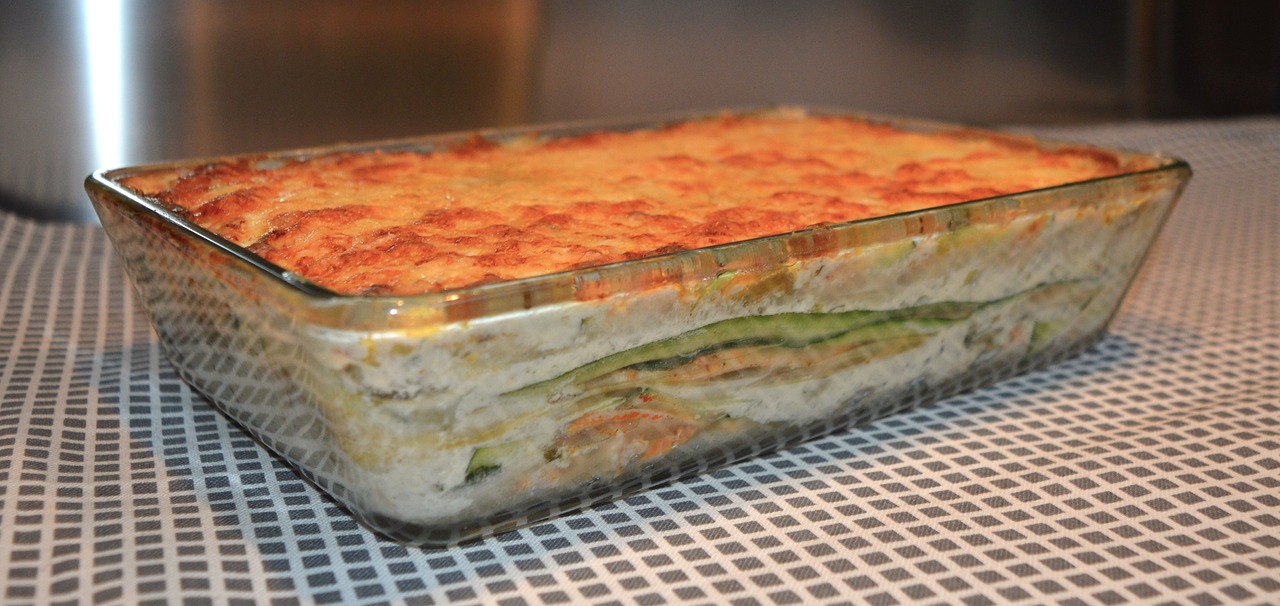Introduction:
Kale, often hailed as a nutritional powerhouse, can sometimes be met with mixed feelings due to its robust and earthy flavor. However, with a bit of culinary finesse and creativity, you can transform this leafy green into a delicious and satisfying addition to your meals. Join us on a journey as we explore various techniques and recipes to make kale taste not just palatable but downright delightful.
Understanding Kale: Unveiling the Nutritional Treasure
Before we dive into the world of enhancing kale’s flavor, it’s crucial to understand the nutritional benefits it brings to the table. Kale is rich in vitamins A, C, and K, and it is a great source of fiber, antioxidants, and various minerals. By incorporating kale into your diet, you’re not only indulging in a versatile leafy green but also reaping numerous health benefits.
The Art of Massage: Tenderizing Kale for a Softer Bite
One of the keys to making kale more palatable is to address its somewhat tough and fibrous texture. Enter the art of massaging kale. Before adding it to salads or using it in recipes, take a few minutes to massage the kale leaves with your hands. This simple technique helps break down the cell walls, making the kale softer, less bitter, and more enjoyable to eat.
- Start Clean: Wash and dry the kale thoroughly.
- Remove Stems: Strip the kale leaves from the tough stems, as they can contribute to bitterness.
- Tear into Pieces: Tear the kale into bite-sized pieces.
- Massage with Love: In a bowl, add a drizzle of olive oil and a pinch of salt to the torn kale leaves. Now, using your hands, gently massage the kale for 2-3 minutes until you feel the leaves soften and reduce in volume.
This technique not only improves the texture but also enhances the overall flavor of kale, making it a more enjoyable addition to salads or side dishes.
Culinary Partnerships: Pairing Kale with Complementary Flavors
Kale’s earthy taste can be balanced and complemented by strategic pairings with ingredients that bring sweetness, acidity, or creaminess to the mix. Here are a few culinary partnerships that can elevate kale’s flavor profile:
- Citrus Zest: The brightness of citrus, whether from lemon, orange, or lime zest, can add a zingy contrast to kale’s earthiness.
- Sweet and Savory Combos: Pair kale with naturally sweet ingredients like dried fruits, honey, or maple syrup. The sweetness can counteract kale’s bitterness, creating a harmonious balance.
- Cheese Harmony: Incorporate grated Parmesan, feta, or goat cheese to introduce creamy and salty notes that play well with kale’s robust flavor.
- Nuts and Seeds: Toasted nuts or seeds, such as almonds, pine nuts, or sesame seeds, not only add a satisfying crunch but also contribute additional layers of flavor.
Cooking Techniques: Transforming Kale’s Texture and Flavor
Beyond raw preparations, cooking kale offers a myriad of possibilities to enhance its taste and appeal. Try these cooking techniques to bring out kale’s best qualities:
- Sauteing: Heat a bit of olive oil in a pan, add chopped kale, and sauté until wilted. Add garlic, red pepper flakes, or a splash of balsamic vinegar for extra flavor.
- Roasting: Toss kale leaves with olive oil, salt, and your favorite seasonings, then roast until crispy. Kale chips make for a delicious and nutritious snack.
- Blanching: Quickly blanching kale in boiling water and then shocking it in an ice bath helps retain its vibrant green color and reduces bitterness.
- Incorporate into Soups and Stews: Add chopped kale to soups and stews during the last few minutes of cooking for a nutrient boost and a pop of color.
Recipe Inspiration: Flavorful Kale Creations
Now that we’ve explored various techniques let’s put them into practice with a couple of flavorful kale recipes:
1. Citrus and Avocado Kale Salad:
Ingredients:
- Chopped kale (massaged)
- Segments of orange or grapefruit
- Sliced avocado
- Toasted almonds
- Feta cheese
- Olive oil and lemon dressing
Instructions:
- Massage the kale and assemble it in a bowl.
- Add citrus segments, sliced avocado, toasted almonds, and crumbled feta.
- Drizzle with a simple olive oil and lemon dressing.
- Toss gently and enjoy a refreshing and nutritious salad.
2. Garlic and Parmesan Sautéed Kale:
Ingredients:
- Chopped kale (massaged)
- Olive oil
- Minced garlic
- Red pepper flakes
- Grated Parmesan cheese
Instructions:
- Heat olive oil in a pan, add minced garlic, and sauté until fragrant.
- Add the massaged kale and red pepper flakes.
- Sauté until the kale is wilted and tender.
- Sprinkle with grated Parmesan before serving.
Conclusion: Kale, Redefined and Relished
In the quest to make kale taste good, it’s all about embracing its unique qualities and employing culinary techniques that enhance rather than mask its flavor. Whether you’re massaging, pairing with complementary ingredients, experimenting with cooking techniques, or trying out flavorful recipes, the goal is to transform kale into a delightful addition to your culinary repertoire. So, roll up your sleeves, get creative in the kitchen, and savor the journey of making kale not just palatable but genuinely enjoyable.



